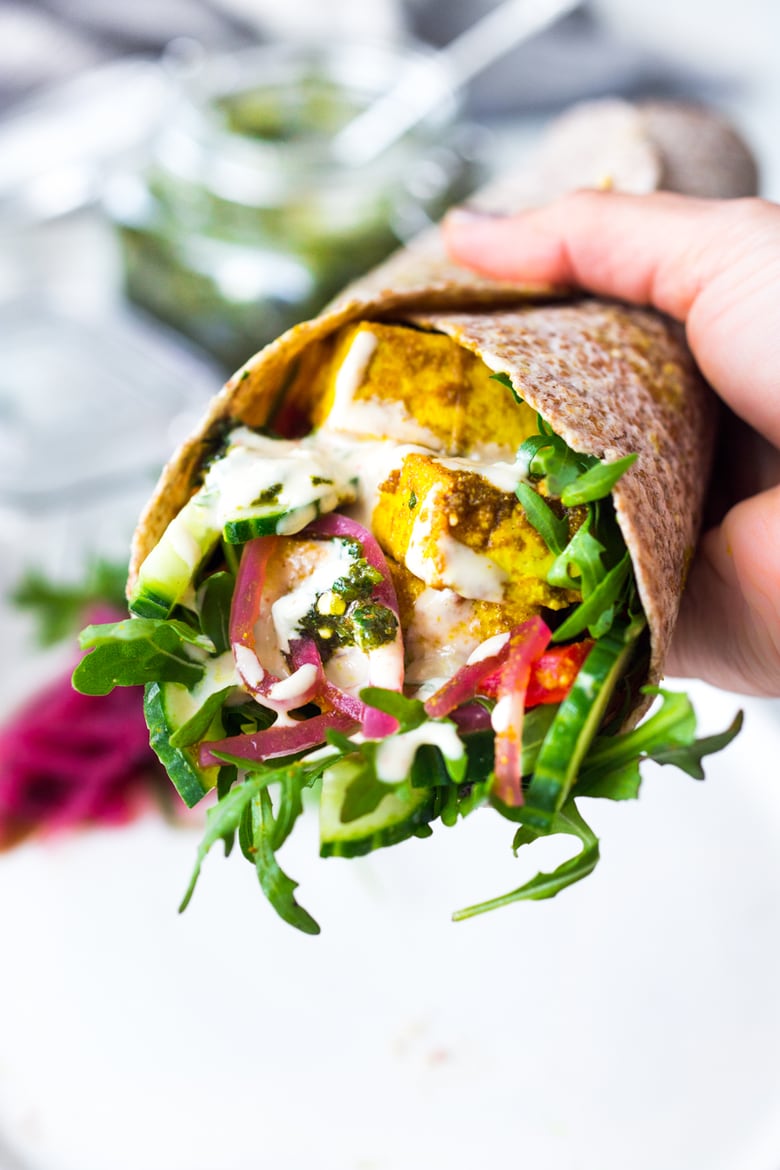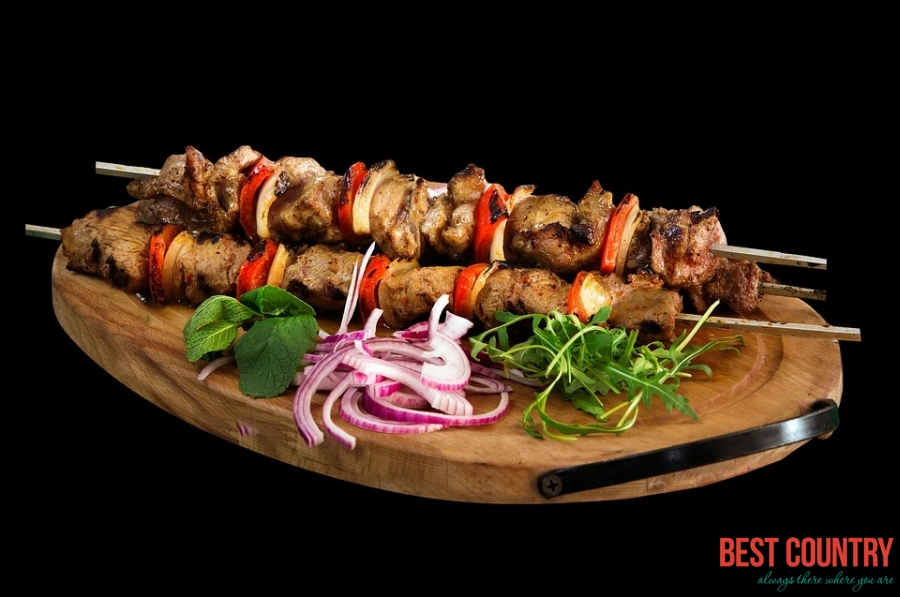Food in Oman is mainly a question of eating to live, rather than living to eat. The country’s culinary traditions offer an interesting blend of Arabian and Indian influences, although the stuff served up in most local cafes and restaurants generally consists of a predictable selection of shwarmas and biryanis, with maybe a few other Middle Eastern meze and grills or Indian curries. Honourable exceptions exist, of course, but outside Muscat, good places to eat are few and far between.
Omani Food
Where to eat
There are plenty of places to eat in Oman, although few have any airs and graces. The basic eating venue is the cafe;. At their simplest, these can be nothing more than a functional little room with plastic furniture and a strictly limited range of food and drink – perhaps one type of shwarma and one kind of biryani, washed down with cups of Lipton’s tea.
Better places will have bigger menus offering a range of Arabian- and/or Indian-style dishes, perhaps along with some fish, plus a few simple European dishes such as a burger and chips. You can usually get a filling meal at any of these places for around 1.5 OR, although culinary surprises are rare.
Restaurants are relatively thin on the ground – and the vast majority are located in hotels. These might have slightly fancier decor and a somewhat wider range of cuisines (including Indian, Chinese and European dishes) at inflated prices, although culinary standards are often no higher than those in local cafes – and often worse.
Cafes and restaurants do well enough for both lunch and dinner, although the only reliable source of Western-style breakfasts is hotel restaurants. More upmarket cafes may be able to rustle up some eggs or an omelette plus toast, although otherwise you’ll probably be limited to traditional Indian-style breakfasts of dhal and bread.
Restaurants and cafes of all standards tend to close during the afternoons from around 3 to 6pm.
What to eat
 Most of the food served up in Omani cafes and restaurants comprises a mix of Arabian standards (shawarma, kebabs and meze) alongside the ubiquitous biryani and other lacklustre Indian and Pakistani-style fare.
Most of the food served up in Omani cafes and restaurants comprises a mix of Arabian standards (shawarma, kebabs and meze) alongside the ubiquitous biryani and other lacklustre Indian and Pakistani-style fare.
Arabian (aka “Lebanese”) food is based mainly on grilled meats. If you want to eat cheaply and well in Oman, your best bet is the humble shwarma, spit-roasted chicken and/or beef carved off and served wrapped in bread with salads – the Gulf version of the doner kebab (also served laid out on a piece of bread on a plate with chips and salad – the so-called “shwarma plate”).
A simple shwarma sandwich usually goes for under 0.4 OR, and two or three make a satisfying light meal. The fact that the meat is being spit-roasted in public also means that you can see what you’re getting and how it’s being cooked.
Other Lebanese- and Turkish-style grilled kebabs are also reasonably common and often as good as anything in the country – places styling themselves as “Turkish” cafes/restaurants are often the best for this sort of food.
Common dishes include the Lebanese shish taouk (chicken kebabs served with garllic sauce) and Turkish-style kofte (minced spiced lamb) kebabs. Most kebabs are served with Arabian-style flatbread (khubz) and a bowl of hummus, while some places also offer other classic Lebanese meze.
 Along with the shwarma, the other staple of Omani cooking is the biryani. This doesn’t bear a great deal of relation to its fancier Indian and Persian cousins, usually being little more than a leg of chicken buried in rice flavoured with a few whole spices and bits of roasted onion.
Along with the shwarma, the other staple of Omani cooking is the biryani. This doesn’t bear a great deal of relation to its fancier Indian and Persian cousins, usually being little more than a leg of chicken buried in rice flavoured with a few whole spices and bits of roasted onion.
As a staple dish, it’s usually good value and often quite tasty. Other similar biryani-style dishes you may encounter include the Afghan-style kabuli (or qabooli), the Saudi kabsa (kebsa, kibsa – also known as maqboos or machbus) and the Yemeni mandi.
In theory, each of these regional variants has its own distinct character and manner of preparation (the meat used in kabsa and mandi, for instance, is traditionally slow-cooked in a tandoor oven dug in the ground, although obviously this is unlikely to be the case in your local Omani café).
In practice, however, these dishes are prepared in so many different ways that it’s impossible to generalize about exactly what to expect, beyond a basic combination of meat and rice, mildly spiced.
A lot of cafes also offer various other pseudo Indian and Pakistani dishes – anything from Pakistani-style meat curries through to Indian vegetarian classics like mutter paneer – although these (the vegetarian dishes especially) can often be astonishingly bad, and it’s probably best avoiding ordering curries except in proper Indian restaurants.
Traditional Omani dishes provide an interesting, lightly spiced blend of Indian and Arabian culinary cultures, although they only rarely make it to restaurant menus.
The nationwide Bin Ateeq chain is doing its best to revive local culinary traditions, while in Muscat places like Kargeen and Ubhar serve up old-fashioned creations like harees laham (lamb with wheat in cow ghee) and shuwa (slow-roasted meat cooked in a clay oven).
Chicken (dijaj) is the staple ingredient in most biryanis, kebabs and curries, although various other types of meat are also available going under the name laham (literally “meat”), which usually means beef or lamb, but might also conceivably mean goat or, in Salalah, camel.
There’s lots of top-quality fish available along the coast, although to see it done justice you’ll have to shell out for a meal at one of Muscat’s upmarket seafood restaurants – or go to Dubai, which is where a lot of the catch ends up. The local kingfish (kenadh), shark (samak al qersh) and lobster (sharkha) are particularly good.
Outside Muscat and Salalah, vegetarians are likely to struggle. Your most reliable chance of getting fed is to find a cafes serving Indian vegetarian food, although a fair few Lebanese-style meze are also vegetarian. Alternatively, you can always put together some sort of a meal out of a bowl of hummus, a plate of bread and some salad.
Desserts and accompaniments
The classic Omani dessert is halwa, the local version of the much-travelled sweet which is made, in widely different forms, across Europe, the Middle East and Asia. Omani halwa is wheat-based, which gives it a quite different taste and texture to the nut-based halwas made in Eastern Europe, Greece and Turkey.
It is traditionally made from semolina, ghee (butter), sugar and rose-water, flavoured with cardamom and almonds and slow-boiled over a wood fire.
You’ll see halwa for sale all over the country either in traditional ceramic bowls or in more functional plastic tubs stacked up in the fridges of cafés and grocery shops. It’s worth a try, although something of an acquired taste: a rather sickly mush, somewhere in texture between porridge and blancmange.
Dates are another Omani staple, traditionally served with coffee – the national symbol of hospitality. Dates come in a wide range of varieties both from Oman and neighbouring countries, with subtle variations in taste, size and colour.